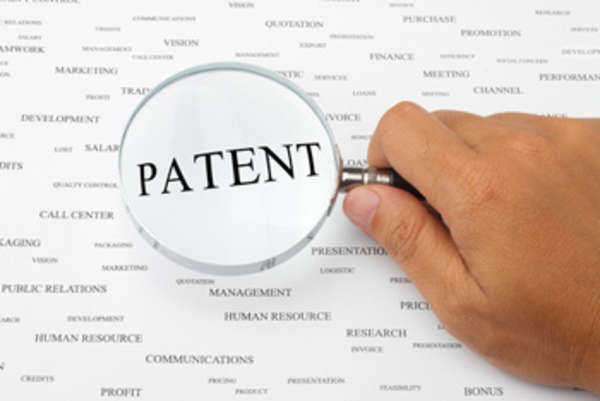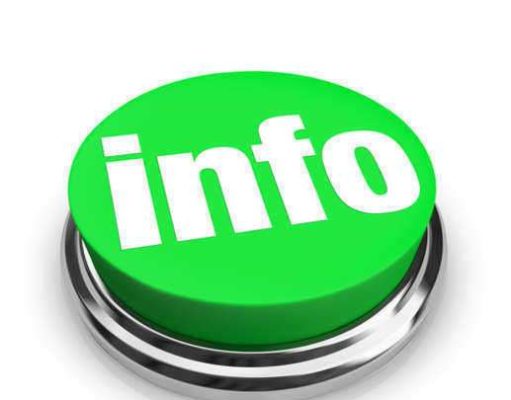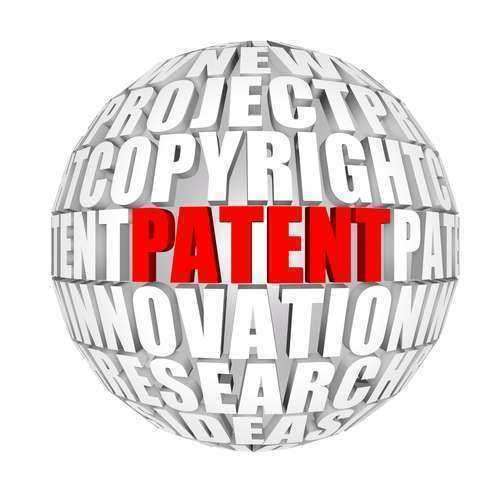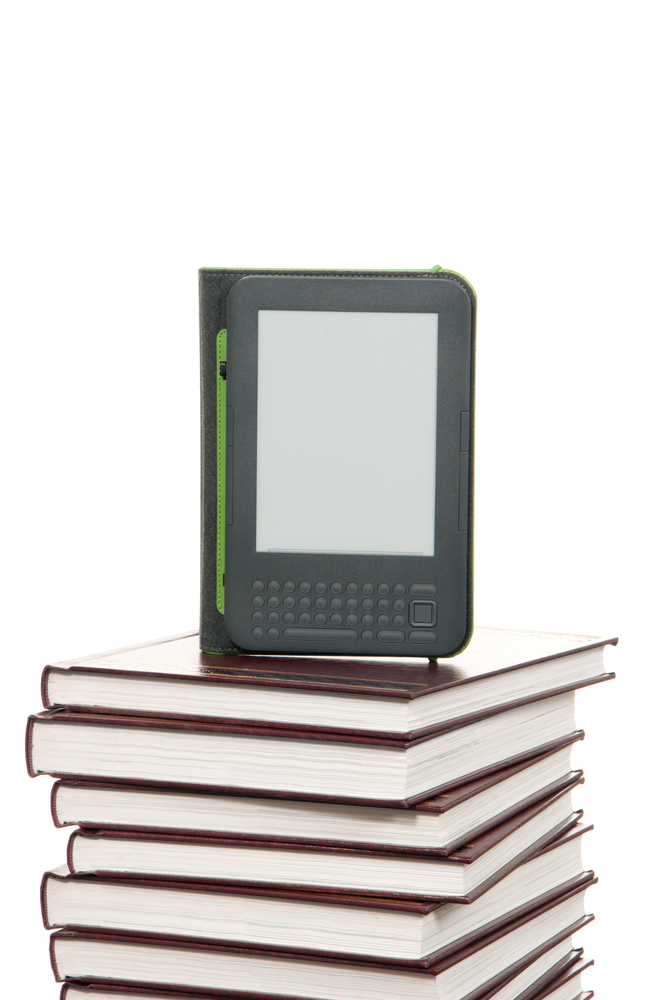Utility Patent Guideline

A patent is a type of intellectual property right granted to an inventor, giving the inventor exclusive rights to create and offer an invention for sale through the United States or importing the invention to the United States. A patent and all of the exclusive rights that come with it is granted to the inventor for a limited amount of time (twenty years) in exchange for full public disclosure of the patent and its properties. Although the inventor has exclusive rights to manufacture and sell the invention, the public is granted access to the patent documents, including any descriptions and drawings of the invention. There are three types of patents– utility patents, design patents and plant patents, each covering a specific aspect of an invention.
What is a Utility Patent?
A utility patent is issued by the United States Patent and Trademark Office (USPTO), which gives exclusive rights to improvements to existing inventions and new inventions based on the mechanical or chemical aspects of the invention. The manner in which an invention is made, the way it works and the parts which make up the invention are all protected under a utility patent. Contact a patent lawyer to consult your case.
Provisional Utility Patents vs. Non-Provisional Utility Patents:
Provisional utility patents were first conceived in 1995 as a viable option for inventors to test out the commercial value of a invention without the excessive fees associated with non-provisional patent applications. A provisional utility patent is not examined by the USPTO and is only valid for twelve months before expiring during which time an invention is given a "patent pending" status. It is up to the inventor to fill out the necessary paperwork for submitting a non-provisional patent before the twelve months has expired.
An inventor may choose to file a provisional utility patent first because the process of establishing a patent through drawings and descriptions is a long process and can take several revisions before being perfected. An inventor may use the provisional patent to claim rights to a product as he or she perfects the design, and/or gathers sponsors to fund the product. The cost of a provision patent is relatively cheap (actively fluctuating between $200 to $250) as opposed to the $800 price tag (plus applicable additional fees) of a non-provisional patent application. A provisional patent can also be added to with additional documents as revisions are made to the invention. Once an inventor has prepared for filing a non-provisional patent, all of the documents will be consolidated into one patent.
Although a provisional patent application does not go through the examination process of a non-provisional patent, it must meet several basic requirements to become valid. Under the requirements mentioned in 35 U.S.C. 112, the provisional patent application must contain a detailed written description of the invention in addition to any drawings which aid in the understanding of the invention.
A non-provisional utility patent can be submitted to the USPTO as an initial patent application or as a follow-up submission to a provisional utility patent. If approved, it grants full patent privileges to manufacture and sell a product to an inventor for the full course of twenty years under United States intellectual property law in exchange for full public disclosure of the patent's details. The non-provisional utility application must be compiled carefully and include the necessary elements to be approved by the USPTO. The required elements are:
A Utility Patent Application Transmittal Form
Appropriate Fees
Application Data Sheet (as outlined by 37 CFR 1.76)
Specifications of Invention
Drawings of Invention
Executed Oath of Declaration
The application must be as detailed as it needs to be to fully describe the useful features of an invention. Although a patent application may be rejected initially, it can be modified and amended by the inventor as needed and resubmitted. The approval process can take up to two years, depending on the complexity of the invention and patent information.








